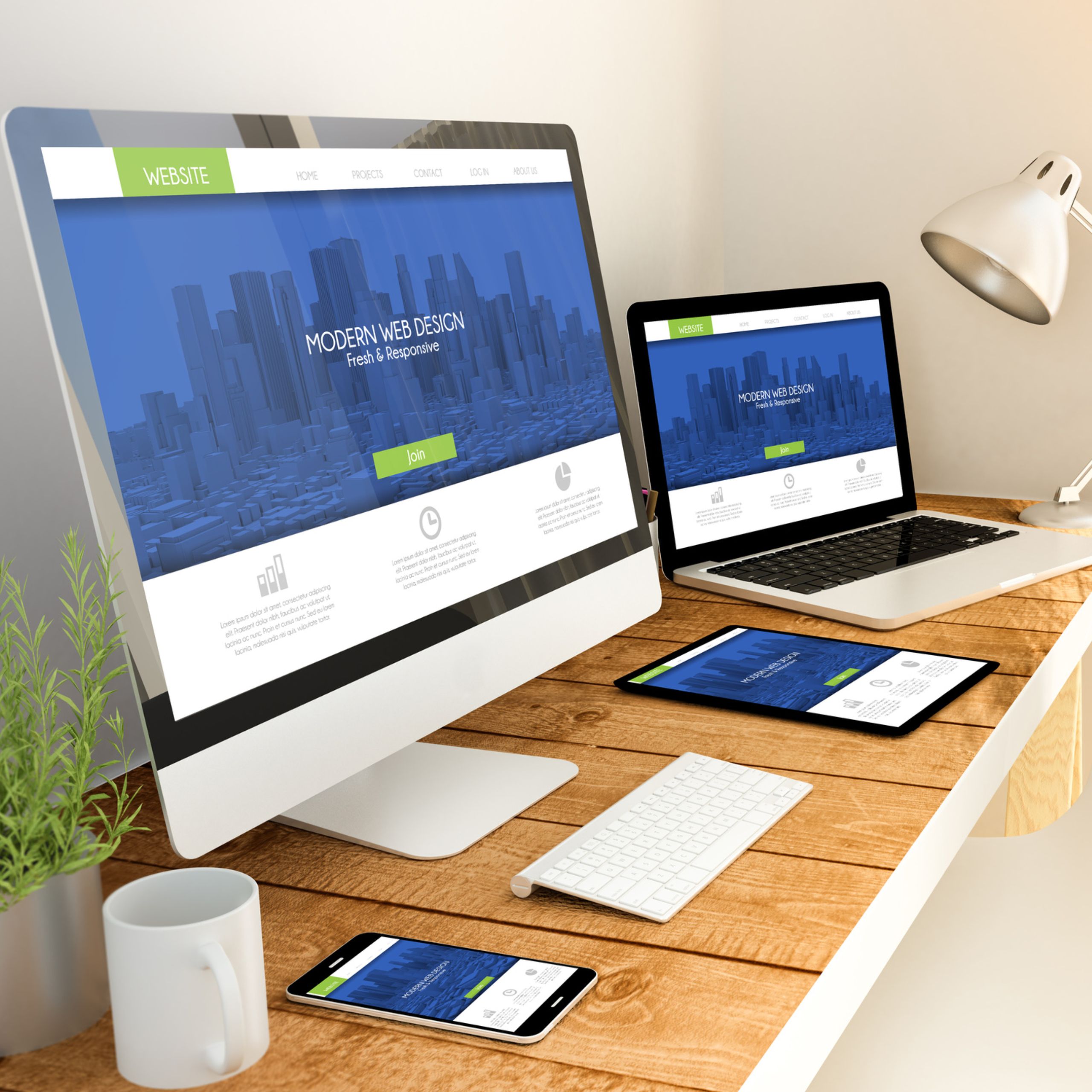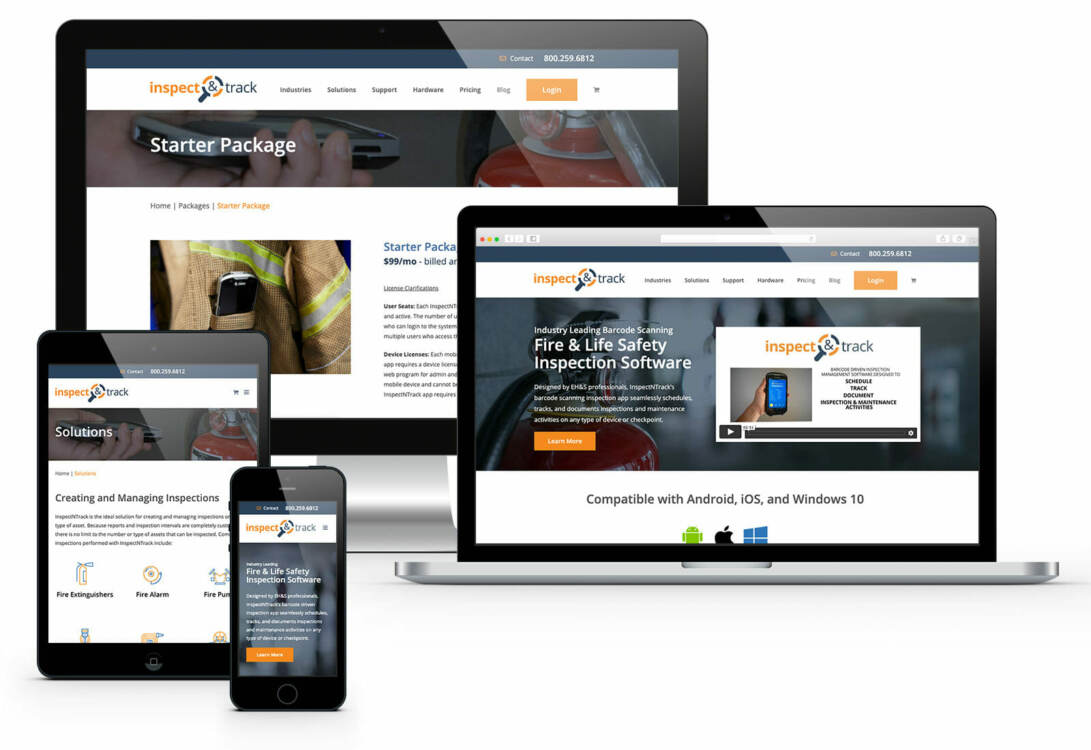Find Out How Web Style Functions to Develop Involving User Experiences
Website design plays a necessary function fit customer experiences throughout digital platforms. By understanding crucial principles like functionality and visual power structure, developers can produce internet sites that not just bring in visitors however likewise motivate them to engage. Efficient designs and well-balanced shade plans can significantly influence individual behavior. However, there are much deeper factors to consider that go beyond aesthetics, which are vital for cultivating a comprehensive online setting. What are these components that can change a simple internet site right into an engaging experience?
Comprehending the Principles of Web Style
The foundation of efficient website design hinges on a set of core principles that guide the creation of involving individual experiences. These principles consist of functionality, ease of access, and visual pecking order, each playing a necessary function in how customers communicate with a web site. Use ensures that individuals can navigate intuitively, locating info effortlessly. Access expands the reach of a website, accommodating customers with diverse requirements and capabilities. Visual pecking order routes customers' attention to crucial components, facilitating simpler understanding of content. Additionally, uniformity in style aspects cultivates familiarity, boosting individual convenience. Color design and typography ought to match the total aesthetic while keeping readability. Furthermore, receptive design adapts to numerous gadgets, ensuring a smooth experience throughout systems. By sticking to these principles, developers produce internet sites that not just mesmerize users but likewise assist them toward desired actions, eventually boosting involvement and fulfillment.
The Significance of Layout in User Experience
Reliable layout works as a backbone for individual experience, influencing just how visitors view and interact with a site. A well-structured layout overviews users' interest, making it less complicated for them to browse and locate pertinent details. By arranging content practically, developers can create a seamless flow that lessens cognitive lots, enabling customers to focus on their jobs.

Receptive layouts guarantee that web sites operate well across different gadgets, keeping functionality no matter of display size. Inevitably, a thoughtful format is important in producing an engaging user experience that cultivates satisfaction, motivates expedition, and increases the possibility of conversions. Attention to layout style is necessary for effective internet interactions and total individual involvement.
Color Schemes and Their Effect on Interaction
How do shade systems influence individual engagement on websites? Color pattern play a crucial function fit individual perception and habits. They evoke emotions and can considerably impact exactly how users interact with a site. Warm colors like red and orange can promote enthusiasm and urgency, while cooler shades like blue and environment-friendly often communicate peace and trust. - SEO Specialist
Share Uniformity in color usage cultivates brand recognition, making users much more most likely to involve with acquainted visuals. Effective color comparison improves readability, making sure users can easily navigate content without stress. In addition, the psychological associations of colors can lead customers towards desired activities, such as clicking a call-to-action button.
Ultimately, an attentively selected color design can not only bring in users yet likewise enhance their total experience, causing greater involvement prices and increased contentment. Internet designers need to thoroughly think about color choices to enhance individual communication and cultivate a favorable setting.
Navigation Ideal Practices for User-Friendly Site
What makes navigating intuitive and easy to use on a site? Reliable navigation relies upon clear structure and rational pecking order. Customers ought to quickly situate menus, usually positioned on top or side of the page, permitting quick accessibility to essential sections. Uniformity in design aspects-- such as fonts, colors, and switch styles-- facilitates experience, boosting customer convenience. Descriptive labels for navigating web links are essential; they should properly represent the material customers can anticipate when clicked.
In addition, including a search attribute can assist customers in finding particular details quickly. Dropdown food selections can organize subcategories without overwhelming site visitors, while breadcrumb routes aid users track their place within the site. Mobile optimization is also critical, as touch user interfaces demand bigger buttons and responsive styles. Eventually, focusing on simplicity and clarity in navigating enables users to involve better with the internet site, cultivating a favorable individual experience.
Making sure Ease Of Access for All Customers
Making certain access for all users is important in website design, as around 15% of the global population deals with some type of disability. Internet click to read more developers need to focus on inclusivity by sticking to developed standards like the Web Material Ease Of Access Guidelines (WCAG) These guidelines offer crucial requirements that improve usability for individuals with aesthetic, auditory, electric motor, and cognitive disabilities.
Trick techniques consist of utilizing descriptive alt text for photos, guaranteeing enough shade contrast, and supplying key-board navigability. Furthermore, implementing screen reader compatibility can significantly boost the experience for aesthetically impaired customers.
Checking websites with diverse customer teams, consisting of those with handicaps, can expose prospective obstacles and notify required changes. Enlightening layout teams concerning accessibility can cultivate a society of inclusivity, eventually developing a more appealing and user-friendly internet experience. By prioritizing ease of access, developers not only broaden their audience but also show social responsibility and commitment to equal access for all.
Frequently Asked Inquiries
What Equipment Can I Use to Layout My Internet site?
To develop a web site, one can utilize tools like Adobe XD, Figma, site Map Out, and WordPress. These platforms use numerous functions for layout, prototyping, and material monitoring, promoting the check these guys out production of functional and aesthetically attractive websites.
Exactly How Can I Check My Website's User Experience?
To check a website's customer experience, one can make use of tools like Google Analytics for actions monitoring, conduct use screening with actual customers, and collect feedback through surveys to identify locations for improvement and enhance general interaction.
What Are Common Errors in Website Design to Prevent?
Usual mistakes in internet style consist of chaotic designs, inadequate navigating, absence of mobile optimization, slow loading times, and utilizing as well lots of font styles or colors. These concerns can prevent individual experience and reduce total website performance.
How Frequently Should I Update My Site's Layout?
A website's layout ought to be upgraded every one to three years, or extra often if considerable trends emerge or customer comments suggests discontentment. Normal updates enhance visual appeals and functionality, making certain a appealing and fresh user experience.
Can I Discover Website Design Without Coding Expertise?
Yes, one can discover website design without coding understanding. Various tools and platforms enable users to produce aesthetically appealing internet sites via drag-and-drop interfaces, allowing imagination without the complexities of programs languages.
